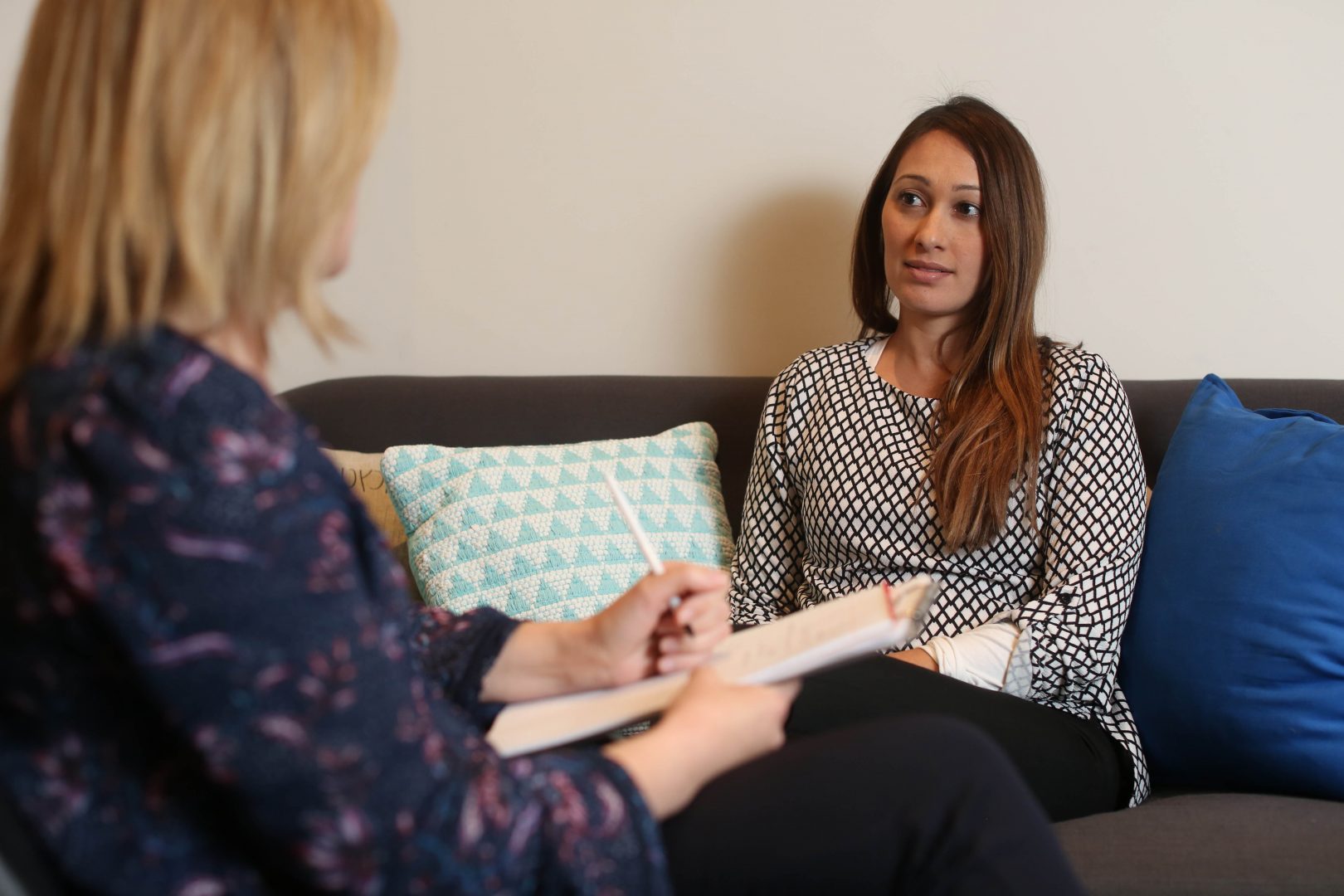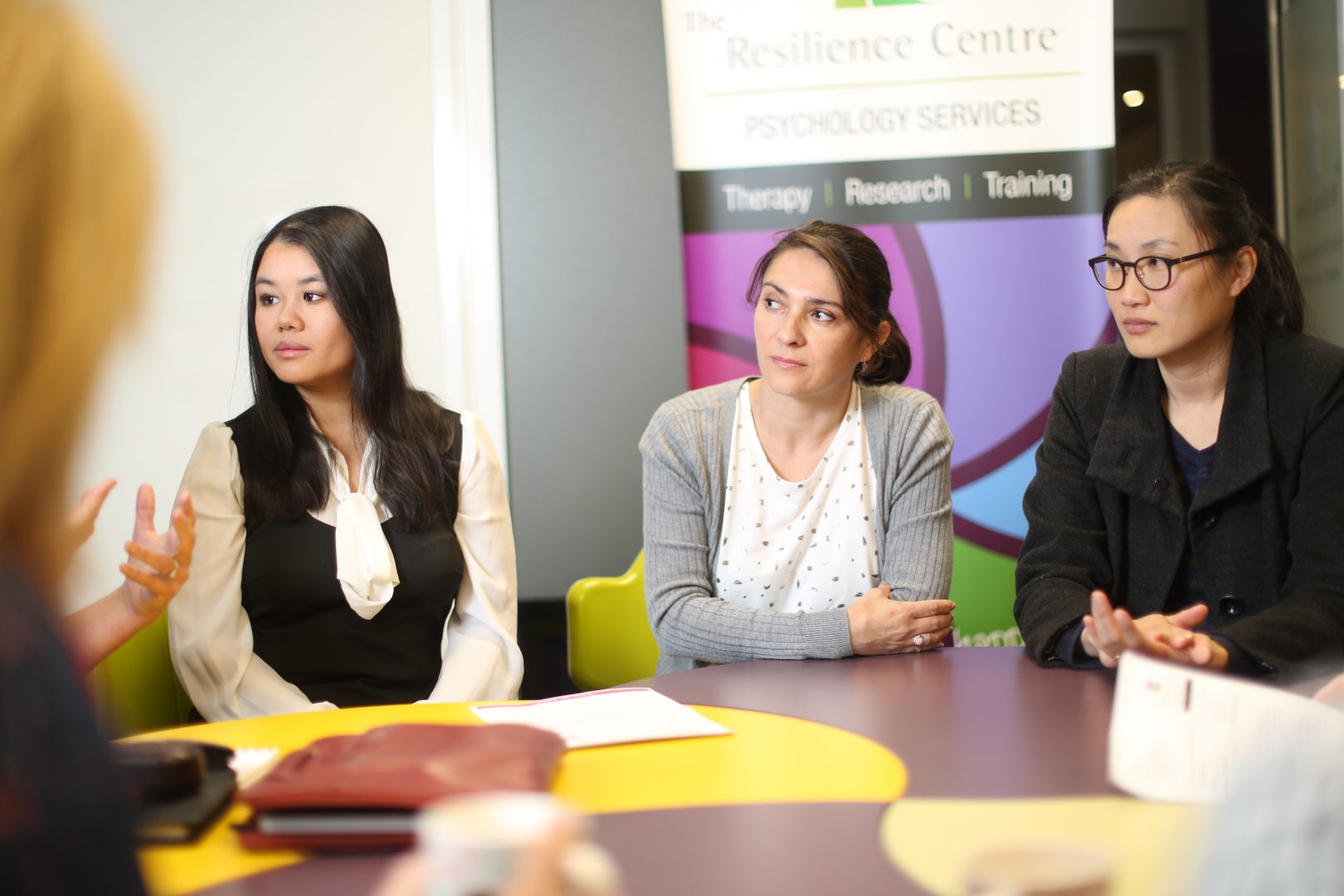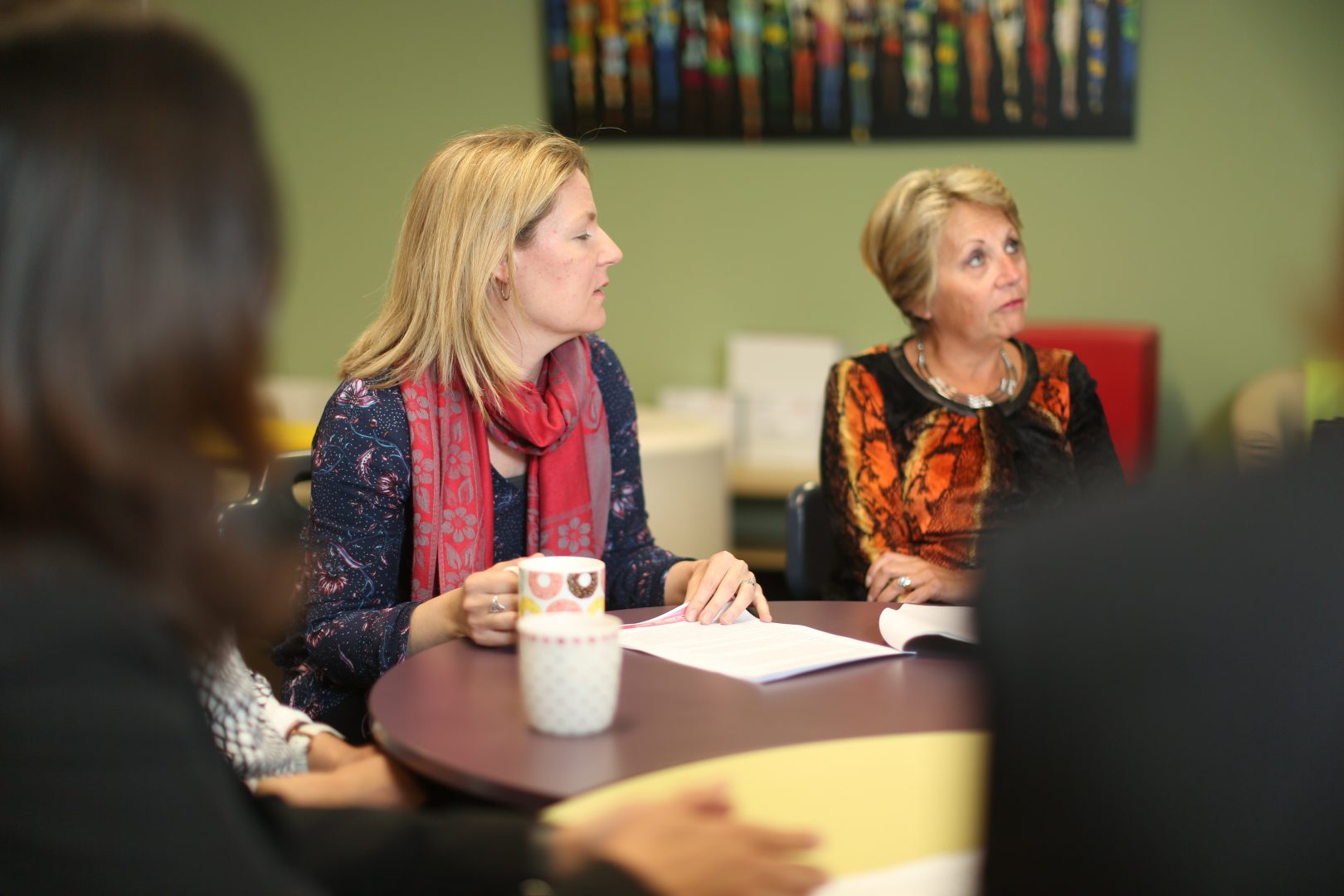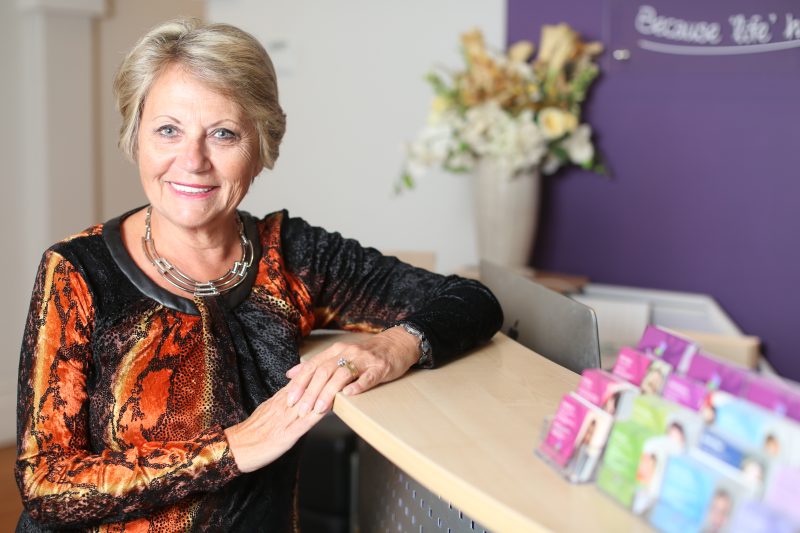“Compassionate people ask for what they need. They say no when they need to, and when they say yes, they mean it. They’re compassionate because their boundaries keep them out of resentment.” – Brené Brown
Boundaries are essential for a healthy life and healthy relationships. Setting boundaries is about giving ourselves agency and empowerment. Identifying our individual set of physical, mental, emotional, and spiritual limits are key areas to start setting boundaries. Recognising what we can tolerate and accept and what makes us feel uncomfortable or stressed will help us identify what our limits are.
The most basic boundary is language. Your words help define you. They tell the other person who you are, what you believe, what you want, and what you do not. Your words, or lack of them, define you to another person.
Truth is another important boundary. Our personal truth, values and principles provide the boundaries of our existence, and as we live within this truth, we are safe.
What is within our boundaries?
- Feelings
- Attitudes and beliefs
- Behaviors and consequences
- Taking responsibility
- Controlling my choices
- Values (what I assign importance to)
- Talents
- Thoughts
- Desires
- Love
Effective Boundary setting:
- Check in with yourself and establish your priorities
Decide what you want, what is most important to you, and where you want to draw the line. Take some time to observe what gives you energy and what drains you, what brings you joy and satisfaction and what makes you annoyed or resentful. Recognize that every YES you say is a NO to something else. Make room in your life for the things that truly matter to you.
- Pause before responding
When someone asks you to do something give yourself permission to pause before responding. Check in with yourself to see how you really feel. Ask yourself, ‘am I really ok with this, or am I just afraid to let this person down or make them uncomfortable?’. If you are not sure how to respond, you may say, “I need to think about that,” or “I’ll have to get back to you.”
- Be direct — and don’t be afraid to say NO
Directness and honesty are beneficial for your relationships, even if it’s not the most comfortable thing in the moment. The other person might be disappointed if you say NO, but they’re likely to feel even worse if you say YES and then come to resent them for having asked. The person who gets angry at you for setting boundaries is the one with a problem, not you.
Remember that a request is a question and one response to that question can be NO.
- Resist the urge to over-explain
When you give yourself permission to set boundaries, you don’t have to justify yourself.
In some situations, an explanation might make sense. In others, it might just invite the other person to argue or push back. You may say, “I am overextended right now, so I won’t be able to give this the time or energy it deserves. But thank you for thinking of me”, with no further explanation offered. Remind yourself that just because someone asks something of you, this does not automatically make it your responsibility to oblige their request.
- Say YES to things that nourish you
When you have new-found space in your life that you’ve made room for by saying NO to some things, say YES to other things that align with your priorities and bring you joy and satisfaction. Make room for activities and pursuits that nourish you rather than deplete you.
Allow yourself to be fully present in the activities and tasks that you do take on, so you can fully appreciate them.
- Remember NO is only a 2-letter word but can also be a complete sentence
Realize that you are not responsible for other people’s emotions and reactions. Say NO simply but firmly while keeping the focus on yourself.
- Boundaries are your “property lines” which define and protect you.
- Learn to value what your boundaries protect, such as your emotions, values, behaviors, and attitudes.
- To avoid self-judgement and guilt, remind yourself of your goal of setting boundaries.
- Let your YES be a clear YES and your NO be a clear NO
- Boundaries help you be yourself, instead of losing yourself in someone else.
Summary – 10 ways to build and preserve better boundaries
- Name your limits
- Tune into your feelings
- Be direct
- Give yourself permission to set boundaries and work to preserve them
- Practice self-awareness
- Consider your past and present
- Make self-care a priority
- Seek support
- Be assertive
- Start small
You may like to read Ida’s earlier blog – Boundaries – Part 1
Sources:
Boundaries by Dr Henry Cloud and Dr John Townsend
Boundaries: Where You End and I Begin by Anne Katherine
Self-Care 101: Setting Healthy Boundaries by Dr Dana Nelson 2016







